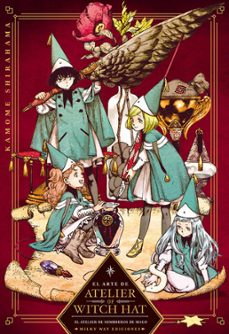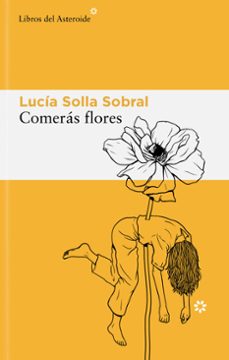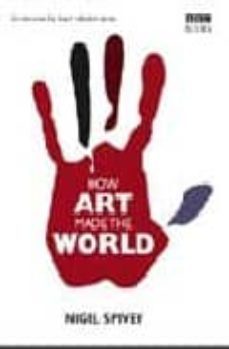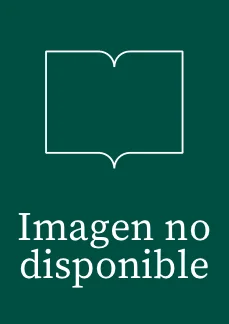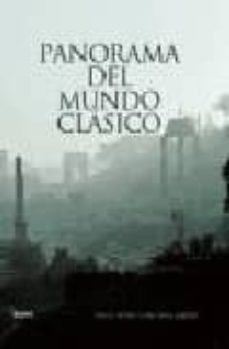Imprescindibles
Ficción
No Ficción
Ciencias y tecnología Biología Ciencias Ciencias naturales Divulgación científica Informática Ingeniería Matemáticas Medicina Salud y dietas Filología Biblioteconomía Estudios filológicos Estudios lingüísticos Estudios literarios Historia y crítica de la Literatura
Humanidades Autoayuda y espiritualidad Ciencias humanas Derecho Economía y Empresa Psicología y Pedagogía Filosofía Sociología Historia Arqueología Biografías Historia de España Historia Universal Historia por países
Infantil
Juvenil
#Jóvenes lectores Narrativa juvenil Clásicos adaptados Libros Wattpad Libros Booktok Libros de influencers Libros de Youtubers Libros Spicy Juveniles Libros LGTBIQ+ Temas sociales Libros ciencia ficción Libros de acción y aventura Cómic y manga juvenil Cómic juvenil Manga Shonen Manga Shojo Autores destacados Jennifer L. Armentrout Eloy Moreno Nerea Llanes Hannah Nicole Maehrer
Libros de fantasía Cozy Fantasy Dark academia Hadas y Fae Romantasy Royal Fantasy Urban Fantasy Vampiros y hombres lobo Otros Misterio y terror Cozy mistery Policiaca Spooky Terror Thriller y suspense Otros
Libros románticos y de amor Dark Romance Clean Romance Cowboy Romance Mafia y amor Romance dramatico Romcom libros Sport Romance Otros Clichés Enemies to Lovers Friends to Lovers Hermanastros Slow Burn Fake Dating Triángulo amoroso
Cómic y manga
Novela gráfica Novela gráfica americana Novela gráfica europea Novela gráfica de otros países Personajes, series y sagas Series y sagas Star Wars Superhéroes Cómics DC Cómics Marvel Cómics otros superhéroes Cómics Valiant
eBooks
Literatura Contemporánea Narrativa fantástica Novela de ciencia ficción Novela de terror Novela histórica Novela negra Novela romántica y erótica Juvenil Más de 13 años Más de 15 años Infantil eBooks infantiles
Humanidades Autoayuda y espiritualidad Ciencias humanas Economía y Empresa Psicología y Pedagogía Filosofía Historia Historia de España Historia Universal Arte Cine Música Historia del arte
Ciencia y tecnología Ciencias naturales Divulgación científica Medicina Salud y dietas Filología Estudios lingüísticos Estudios literarios Historia y crítica de la Literatura Estilo de vida Cocina Guías de viaje Ocio y deportes
NIGEL SPIVEY
Recibe novedades de NIGEL SPIVEY directamente en tu email
Filtros
Del 1 al 8 de 8
BBC BOOKS 9780563522058
Ambitious in scale and far-reaching in scope, How Art Made the World is a fresh introduction to the history of art and, through the visual image, the history of humankind. Embarking with the motto 'Everyone is an artist', Nigel Spivey takes us on a quest to find out when and how we humans acquired and then exploited our unique capacity for symbolic representation. In the late nineteenth century, the first discoveries of prehistoric painting were greeted with incredulity. How could there have been such deft and skilful artists in the world over 30,000 years ago? The exploration of this mystery leads to a trail of further intriguing problems. Images came to us before the written word - so how did we use images to tell stories? The representation of our human form has been a preoccupation of artists through the centuries - so why is it that from the very beginning we have preferred images of the body with distorted or exaggerated features? By what means did we define some supernatural presence as immortal and 'invisible', and then attempt to visualize it? And when did our environment become styled as a 'landscape'? In answering these questions and many more, Nigel Spivey takes us on a journey that also reveals how art has been used as a means of mass persuasion, essential to the creation of hierarchical societies, and final
Ver más
Tapa dura
DESTINO 9788423334490
Primer examen crítico del mundo etrusco que muestra los descubrimientos más recientes de la vida de una de las civilizaciones más enigmáticas de la historia.
Ver más
Tapa blanda
PHAIDON PRESS LIMITED 9780714833682
Greek Art A study of Greek art from the 8th-2nd century BC.Considers how Greek art was inextricably bound up with the political, religious, philosophical and social circumstances of the period Draws on the author's first-hand experience of Greek archaeological sites Covers the full range of Greek art - sculpture, pottery, architecture, metalwork and wall-paintings - from the 8th to the 2nd century BC Nigel Spivey, a scholar of Greek, Etruscan and Roman art, lectures in Classical Archaeology at Cambridge University, where he is also a fellow of Emmanuel College. He is the author of Understanding Greek Sculpture and Etruscan Art.
Ver más
Tapa blanda
THAMES AND HUDSON LTD 9780500278765
Tapa blanda
BLUME 9788498010619
El mundo de Grecia y la roma antiguas nos resulta más atractivo que probablemente otras civilizaciones. No en vano, es el punto de partida de la filosofía, la ciencia, la literatura y el arte en general en el mundo occidental, lo que de por sí ya constituye una extraordinaria historia. En este caso lo es más aún si cabe gracias al rigor de sus autores, que no sólo han recurrido a las fuentes originales, sino que han basado en las más modernas y fascinantes aportaciones realizadas en los últimos años en torno a la vida y la cultura de la antigüedad clásica. Esta lirbo ofrece un vívido retrato de los griegos, los etruscos y los romanos, imprescindible tanto para el público en general como para el lector especializado constituyendo un análisis ameno, exhaustivo y riguroso sobre el mundo que dio origen a la civilización occidental.
Ver más
Tapa dura
Del 1 al 8 de 8














